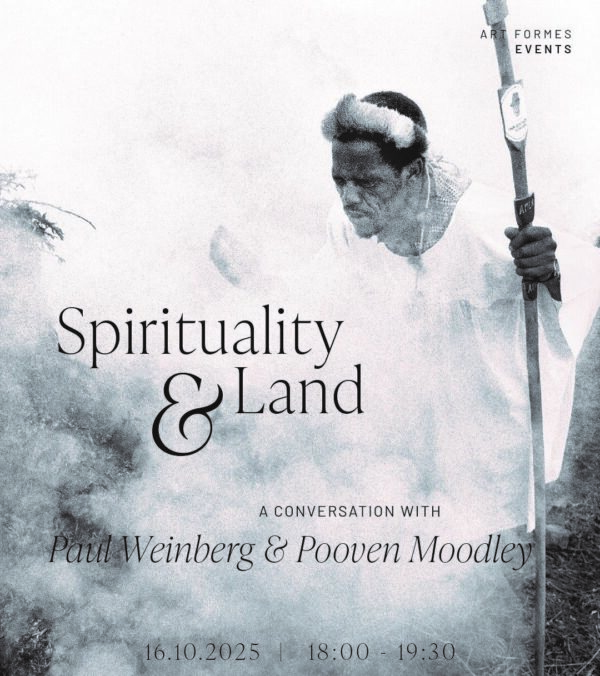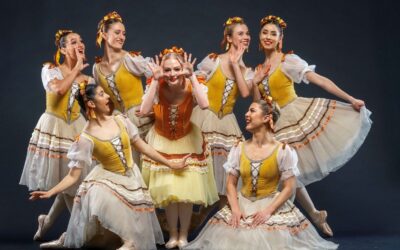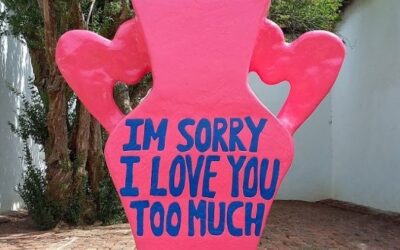Lucinda Jolly reviews ‘Movie Snaps: Cape Town Remembers Differently‘, an exhibition of photographs, maps and memorabilia by Siona O’Connell at the District Six Museum’s Homecoming Centre until February 28.
“Everything can be taken from a man but one thing: the last of the human freedoms—to choose one’s attitude in any given set of circumstances, to choose one’s own way.” Viktor E. Frankl, psychiatrist, author of Man’s Search for Meaning and Holocaust survivor.
A chalk line is drawn. Step across it and you are on the other side. Sounds sinister. But it’s just the way the street photographer of yesteryear negotiated with his subjects. Those who crossed the line entered an agreement to have their photograph taken and were given a ticket with the possibility of purchasing prints later from a kiosk.
We’re talking about the once globally popular trend of street photography. Photographs taken from Australia to America in this style were indistinguishable. The exhibition “Movie Snaps: Cape Town Remembers Differently” covers street photography from 1945, just three years before the legislation of apartheid, right up until the early eighties. As curator Siona O’ Connell suggests the photographs could be interpreted as witnesses to WWII, apartheid and forced removals.
O’ Connell lectures in visual and art history at at UCT’s Michaelis School of Fine art. She wrote her doctoral thesis on the land claims of District Six and life after apartheid and her work centres around archives and curation .Her approach is to “shift frames from aesthetics to restorative justice, to open up questions around representation, freedom, trauma and memory in the aftermath of oppression”. This was clearly seen in her exhibition “Spring Queen” 3 years ago which focused on the queen and princesses of the rag trade.
As with “Spring Queen” this exhibition deals with subject matter that “falls outside the larger narrative of apartheid”.
The opening of the exhibition at the District Six Homecoming Centre was packed to the rafters with people from all walks of life, many clutching a Movie Snaps photograph. Present was the grand niece of Hurwitz, the man who once owned the now obsolete photographic studio Movie Snaps on the Grand Parade from which the exhibition gets its name .The viewers included those who were forcibly moved from District Six and those who had had family members removed , white people ,black people coloured people, Muslims , Jews and gentiles. It was a mixed masala of an event. All would have experienced life during apartheid differently but there was one common denominator which connected them all – the memory or an actual photograph of someone they knew taken by a street photographer.
Although areas, benches and public amenities were severely segregated from 1948 three years after the earliest photographs on display ,the commercial streets of the city provided greater equality to people of colour defying to some extent the social engineering of apartheid.
Unlike apartheid, the division created by the chalk line was not concerned with your race just your desire to have your photograph taken or not.
Although it may not have been conscious at the time, the inadvertent message that street photography carried was in spite of attempts by the system to annihilate psychically -and in some cases succeeded- that you exist, this photograph is proof of your existence and your mattering.
Going to town was once a special event to be taken seriously. It required suitable attire, a “costume” (a rather Edwardian term for women’s two piece suits) or frock, hat and gloves and hand bag for women and a suit and hat for men.
This exhibition could easily be viewed simply as what the accompanying blurb says an “exercise in nostalgia” but only on a superficial level.
The phrase in the title “remembers differently” is the key to approaching it. For these photographs give a defiant finger to the inhuman system of apartheid. Although they are not born of denial, rather than showing the ravages of the system these images show the sweet spots. As O’ Connell writes, they express “ordinary living in extraordinary times. It conveys the idea that sometimes simple everyday pleasures are a more powerful weapon and antidote against inhuman systems than fighting them. Better for the immune system too.
Although the photographers remain unknown what is known is that many of them were young students who went to “Movie Snaps” in need of work. It’s also known that a number of now famous South African photographers for example George Hallett, cut their teeth on street photography and studio photography.
The exhibition comprises interactive aerial maps of the 40’s, 50’s, 60’s and 70’s, examples of Movie Snap photographs, mannequins dressed in period clothing and poster sized montage photographs assembled by Ashley Walters . Using the aerial maps, viewers are encouraged to locate the area in which their photographs were taken and add a comment using the comment slips provided.
The germ for the idea of the exhibition came as a spin off involving research on forced removals during which time O’Connell came across a “movie snap” of herself and her grandmother. In her correspondence with people around forced removals and the photograph, everyone immediately said “Oh Movie snaps!”
With the help of local knock and drop newspapers she was able to contact anyone who was in possession of a “Movie Snaps” photograph.
Instead of the expected 5 respondents she got 100’s of respondents exceeding her wildest expectations .O’ Connell refers to a experiencing an “aha” moment when she suddenly understood that “there is this one object,” the photograph, which became in this instance the”one absolute experience that is the same for everyone” from Mitchells Plane to Sea Point. A rare unifying occurrence for most South Africans.
O’ Connell chose District Six as the venue very carefully. District Six, the original “Movie Snaps” studio and the Castle form a triangle. It’s a triangle that lies at the foot of Table Mountain, the stone curtain which “divides us in so many ways”
A series of large poster sized photographs are montages utilising two photographs taken in exactly the same location, one historical and the other contemporary. One photograph in particular captures a wonderful virtual moment where time has been concertinaed so that the present meets the past, human to human. The photograph is of a contemporary man who appears to be walking towards the past in the shape of two young women from a past era. Or perhaps the past is walking towards the future. As O’ Connell says, “History is not the past, we are living it, we are walking it”.
This exhibition might not fit into the category of “high art” but this is of little consequence to O’ Connell. As she points out it’s not supposed to be.
Use this exhibition as an opportunity “to revisit that chalk line and an opportunity to recognise what it meant to live in a time when the country was intent on dehumanising many of its citizens“
And thankfully ultimately failed.
Check it out and look out for O’Connell’s documentary featuring the interviews from this exhibition at the Encounters Film Festival
Contact :021 488 7200
This review by Lucinda Jolly first appeared in the Cape Times






